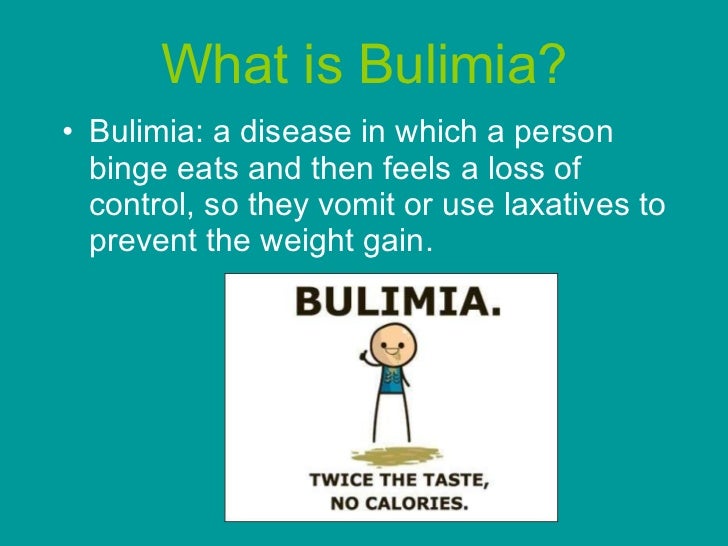
Image source: https://image.slidesharecdn.com/bulimia-110524232415-phpapp02/95/bulimia-nervosa-2-728.jpg?cb=1306279547
Jane A. Simington, PhD.
Taking Flight International Corporation
September 9-15, 2012 is designated as suicide prevention week. Many are asking how we can prevent the horrific statistics, such as those recently reported about the thirty-eight American soldiers who killed themselves in July, the worst month for suicides since the Army began releasing figures in 2009. Statistics about escalating suicide rates, for all age groups in the general population, are also alarming.
Since focusing on the causes, should always be the first step in any discussion about prevention, the relationship between suicide and trauma must be recognized. In light of this relationship, prevention strategies for suicide must be aimed at preventing traumas (such as is caused by childhood abuse and domestic violence), and when trauma does happen, the focus of suicide prevention must be on healing the effects of trauma on the body, mind, emotions and soul.
While many traumatized people experience most or all of the symptoms of Post Traumatic Stress Disorder (PTSD), there is more to PTSD than is usually discussed. I have worked as a trauma specialists since 1999 and now recognize that trauma can wound the soul. Many of the more than 4000 people I have helped heal from the effects of trauma have described how excruciating their soul pain and spiritual disconnection is. Most indicate that the soul pain is the most acute aspect of their suffering.
Many who have experienced trauma intuitively know that the traumatic event had created an inner disconnection causing a deep longing to again feel whole. Indigenous cultures believe that when trauma happens, a part of the soul can remained trapped in the place where the trauma occurred and remain there frozen in time. Those who feel they have left a part of themselves at the trauma scene often voice that their lives feel incomplete and empty and that they are plagued by dreams of searching and longing. For these reasons I believe that Post Traumatic Soul Disorder is the more accurate term to describe the symptoms of unhealed and difficult to resolve trauma.
The accumulation of symptoms, including the feelings of inner emptiness, can cause relationships to fail and make the life of someone who has experienced trauma seem unbearable and not worth living. Many turn to alcohol and drugs in an effort to numb this intense suffering. Others slash themselves knowing that the instant release of endorphins will momentarily ease their suffering. When these attempts no longer work suicide can seem like the only way out of their constant misery.
Some ways to prevent suicide include:
1) Assess how much unhealed and cumulative trauma the person is experiencing (pay special attention to the history of repetitive childhood trauma and trauma involving sexual abuse).
2) Assess for soul pain and spiritual disconnection as well as for emotional and mental concerns.
3) Offer interventions that are more wholistic in nature as versus only cognitive based therapies and pharmaceuticals.
4) Guide and teach grounding and other safety techniques.
5) Teach strategies for the removal of flashbacks and how to stop night terrors.
6) Use deep imagery with a spiritual focus to help the person heal and reclaim their power.
7) Use therapeutic art to help the person heal and to believe in them self again.
8) Assist the person to reintegrate all aspects of their soul/self.
9) Teach therapeutic energy work and have the person obtain energy- transfer treatments such as Reiki and therapeutic touch as a way to cleanse their energy filed and release stored cellular memories.
10) Help the person work with the dream messages being received.
11) Assist the person in rebuilding relationships
In conclusion, I believe in the need to heal the soul pain of the person who has experienced trauma. When I do so, I see the light return to the windows of their soul, and I see the persons excitement about being able to once again walk among the living.
Dr. Jane Simington PhD. Copyright September 7, 2012